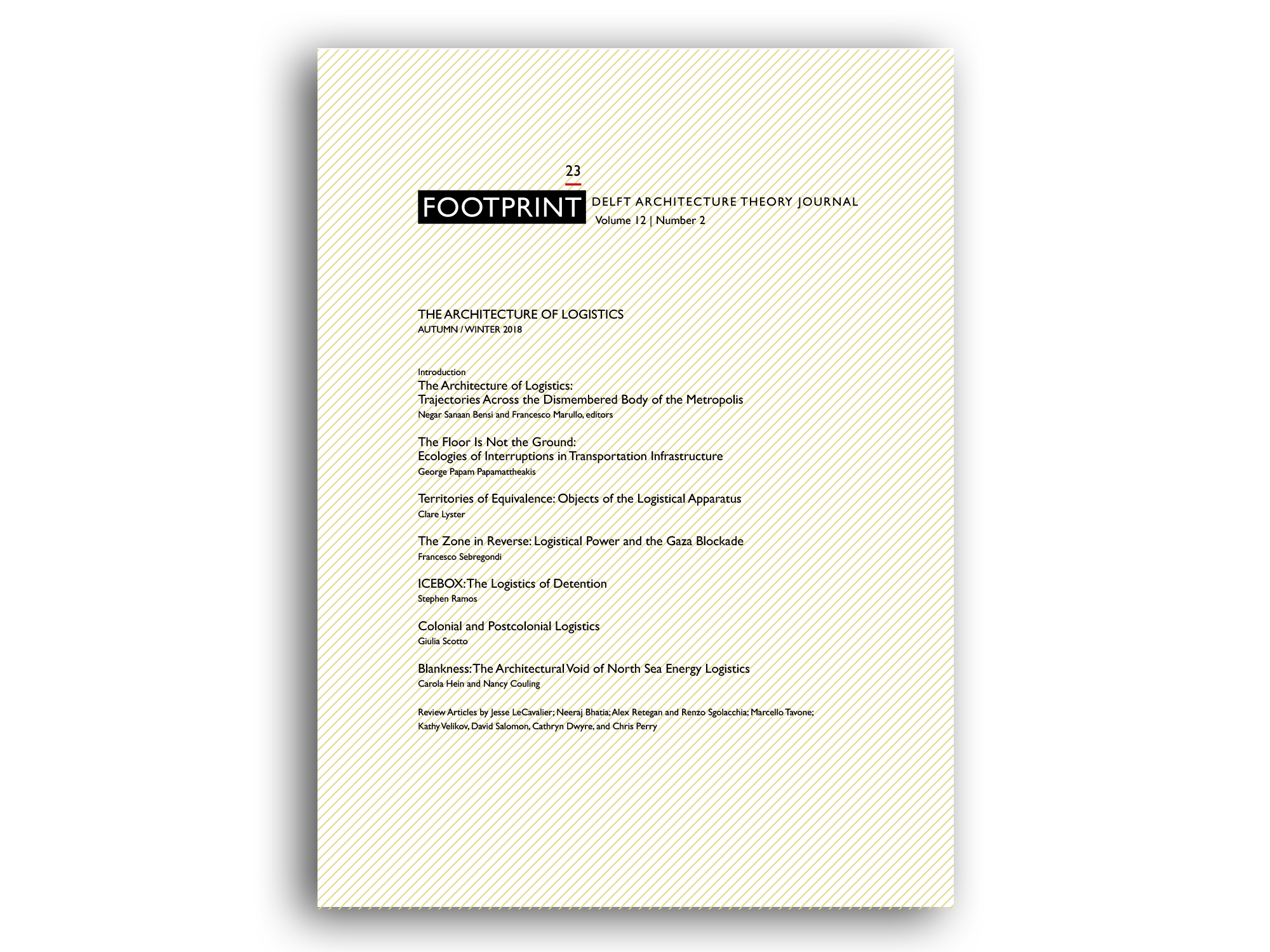Excerpt:
“In 2018, a group led by Robert Paul Preston and Tom Reed released their New California proposal to consolidate the rural hinterlands of California into a separate and distinct economy from the coastal and urban cities. The New California plan is strikingly similar to the 2016 Six Californias plan – a proposal by venture capitalist Tim Draper to split the state into distinct geographic and economic zones. Critics of the plan stated that the proposal’s intention was to draw lines between economically rich and poor zones of the state and form segregated enclaves. While the Six Californias plan failed to qualify as a California ballot measure, a likely fate for the New California plan as well, the re-emergence of such plans point to the fact that in California, there are highly regionalised politics, economics, and cultures. Within the state, the greatest political, economic, and cultural divide manifests itself between California’s coastline and the inland Central Valley. Coastal California portrays an image of scenic landscape, progressive environmental movements, liberal culture, and density, while inland California is characterised by resource harvesting and extraction, their associated infrastructures, as well as by-products. What these plans tend to ignore is the interdependent relationships between these zones, enabled by logistical infrastructures, and characteristic of understanding capitalism as a form of world ecology. Separated by topography, wealth, race, climate, and pollution, these two Californias are emblematic of the increasing divide between the realities of resource consumption and the exploitation of land and communities to extract these resources.”
